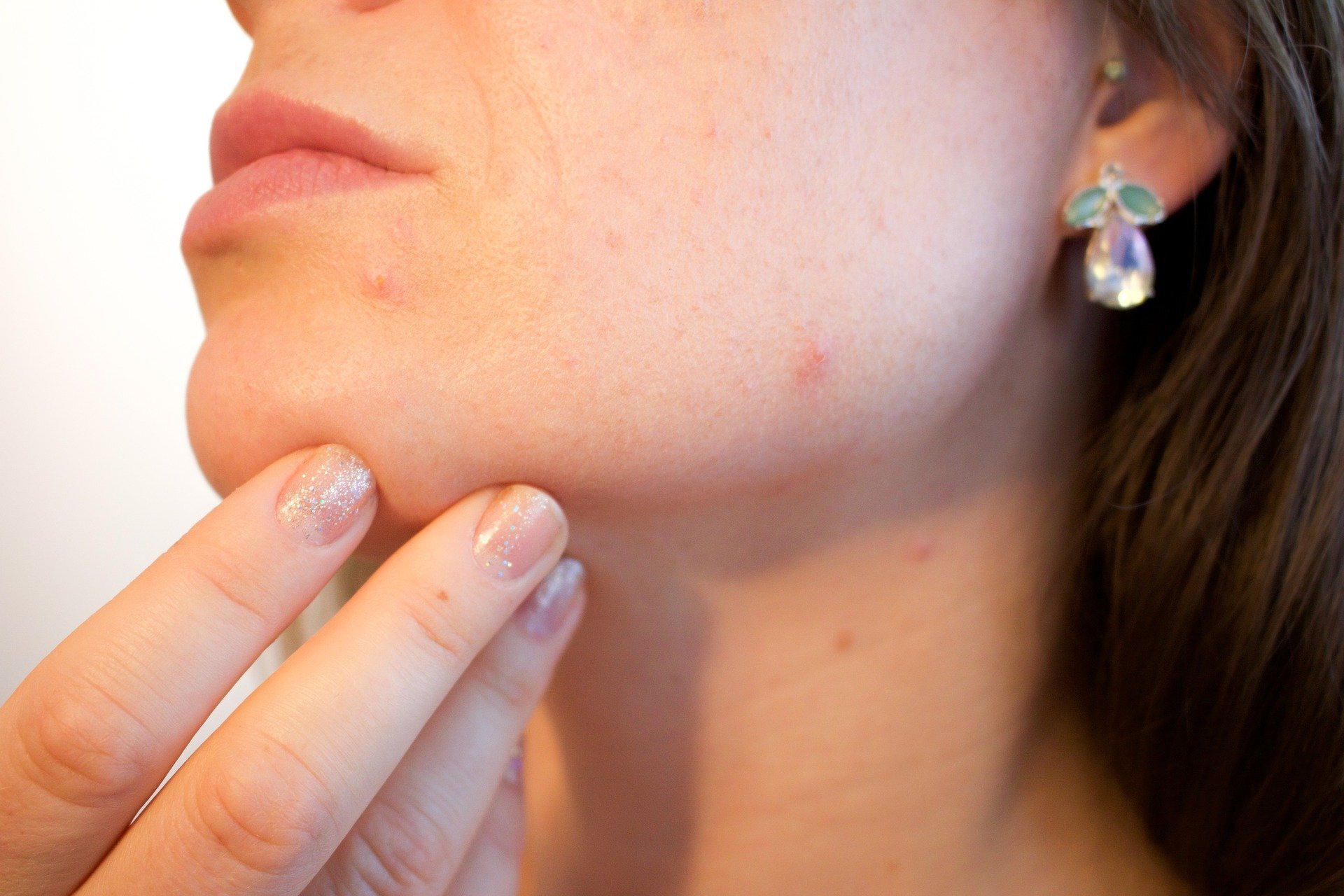What is Tretinoin/Retin-A?
By Sarah Rutherford
With literally thousands of skin care products to choose from, it’s easy to get overwhelmed by all of the amazing claims and active ingredients even with the guidance of a professional. However, there’s one product that seems to consistently float to the top of the list of high performers, Retin-A. For how often it’s prescribed, many of its users have no clue why they’re using it, what it does, and what the proper application is.
Retin-A is just one of the brand names for the drug tretinoin which is retinoic acid that’s derived from Vitamin A. Renova, Atralin and Retin-A Micro are a few other prescription tretinoins that are common. It originally came on to the skincare scene more than 20 years ago as an acne treatment but patients and doctors soon noticed improvement in overall skin quality. Skin was firmer, smoother, and more vibrant looking with fewer visible wrinkles and dark spots.
Retin-A can improve all of these things because it increases cell turnover. When cells don’t get the chance to build up on the skin’s surface it reduces the likelihood of getting clogged pores, reducing the number of pimples while improving overall texture. The boost in cellular movement also stimulates collagen. Collagen is what we’re all chasing after as we get older. It gives skin its structure and strength, acting like scaffolding to hold things up. Sun damage and age are two main sources for collagen depletion and degradation that leads to skin wrinkles, loss of fullness and sagginess. Currently, Retin-A is the only FDA approved topical treatment for wrinkles.
Things get more confusing for consumers when comparing products that have retinoic acid, retinol or retrinaldehyde as their main ingredient. Even though all of these sound similar and are under the umbrella of retinoids, retinoic acid is the most potent and available through prescription only. Retrinaldehyde is a close second, being only one metabolic conversion away from retinoic acid and found in products like Avene’s RetrinAL 0.1. It delivers all the benefits of increased cell turnover but with much less irritation. This isn’t to say that it’s a direct substitute for retinoic acid as it doesn’t reach the same depth as the prescription strength in order to restructure collagen efficiently. Retinol is like the distant cousin of retinoic acid. It is a convertible form of Vitamin A naturally found in animals and when exposed to certain enzymes a small percentage can change to retinoic acid but typically less than 10 percent.
It’s never too late to start treating with Retin-A, however, it’s important to remember more is not better. A pea size amount is enough to cover the entire face. Overuse of this product can lead to irritated, red skin and be a real deterrent for sticking with the program long term. In the early weeks of treatment patients might find their skin to look worse with more breakouts and some flakiness lasting upwards of six to eight weeks. This is totally normal and patience is key. A moisturizer can be applied after Retin-A to lessen some of the visible flaking but it’s recommended to wait 20 minutes in between applications. Vigilant sunscreen use is also important during treatment because skin will be more sensitive to sunlight and has a greater potential for sunburns. Avoiding any facial waxing is also advised as it increases the risk for tearing the skin.
Reduced breakouts, a boost in collagen production, diminished fine lines, wrinkles and dark spots are all excellent reasons to make Retin-A a key player in one’s skin care regime. With increased patient education users can reap all of these benefits with as few side effects as possible. Schedule a skin consultation today to discuss incorporating Retin-A into your at home routine.

